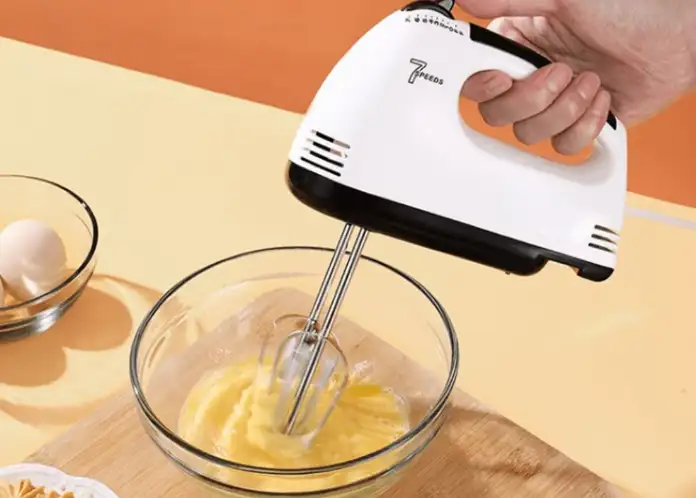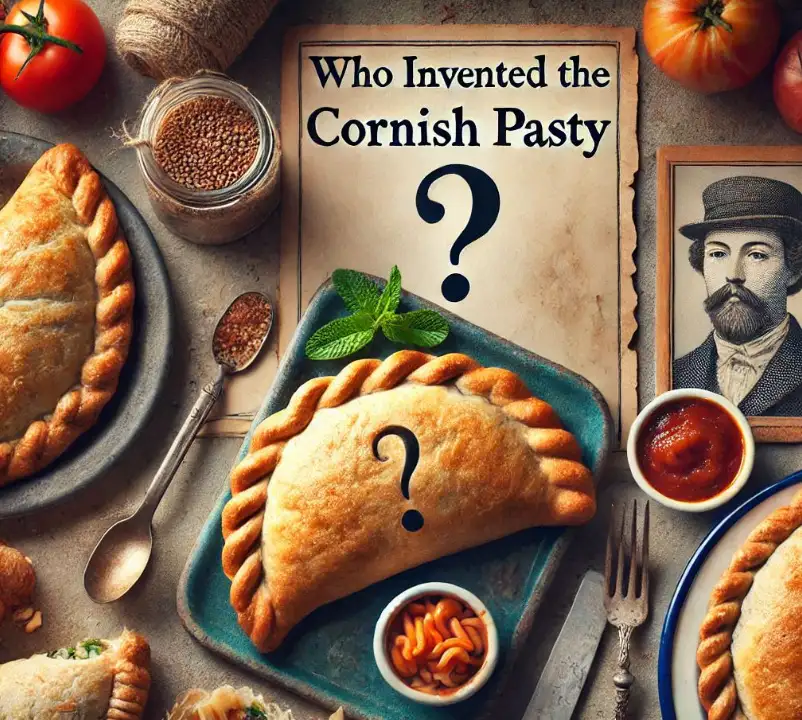The Cornish pasty is a beloved delicacy with a rich history that dates back centuries. This iconic pastry, originating from Cornwall in Southwest England, has been an integral part of Cornish culture and cuisine.
But who invented this hearty, hand-held meal, and how did it become such a staple? Let’s dive into the fascinating story behind the Cornish pasty.
A History Rooted in Tradition
The origins of the Cornish pasty can be traced as far back as the 1200s. During this time, Cornwall was thriving as a mining hub, particularly for tin.
With miners working long hours in harsh underground conditions, a convenient, filling, and portable meal became a necessity.
Enter the Cornish pasty. Baked by the wives and mothers of tin miners, this pastry featured a thick, crimped edge, which served as a practical handle.
Miners, whose hands were often contaminated with arsenic from the mines, would hold the crust to eat the pasty and discard it afterward to avoid ingesting toxins.
Interestingly, these discarded crusts weren’t wasted. According to local lore, miners believed in the presence of mischievous mine-dwelling spirits, known as “knockers.”
Leaving the crusts behind was thought to appease these spirits and bring good luck.
The Pasty’s Unique Design
What made the Cornish pasty particularly innovative was its dual-purpose filling.
Traditionally, one end contained savory ingredients like meat and vegetables, while the other featured a sweet filling.
This design allowed miners to enjoy a full meal with dessert included, all in one convenient package.
To distinguish the sweet end from the savory, initials were often marked on the pastry. This ensured that miners knew which side to start with and could enjoy their meal as intended.
From Cornwall to the World
By the 19th century, the Cornish pasty had become synonymous with Cornwall’s mining culture.
However, as the tin mining industry declined in the 1880s, many Cornish miners emigrated to other parts of the world, including Michigan’s Upper Peninsula, where copper mining was booming.
These miners brought the pasty with them, introducing it to new audiences.
Today, the Cornish pasty remains a celebrated dish in Cornwall and beyond. Its status as a regional treasure was cemented in 2011 when the European Union granted it Protected Geographical Indication (PGI) status.
This ensures that only pasties made in Cornwall using traditional methods can be called “Cornish pasties.”
What Makes a True Cornish Pasty?
For those seeking an authentic Cornish pasty, there are a few key characteristics to look for:
- Filling: Traditional pasties are filled with beef, potatoes, swede (rutabaga), and onions. The minimum meat content is 12.5%, while vegetables make up at least 25% of the filling.
- Preparation: None of the ingredients are cooked before being placed inside the pastry.
- Pastry: The casing can vary, but the signature crimped edge remains a must.
These elements combine to create a hearty and flavorful meal that has stood the test of time.
Bringing Cornish Pasties to Your Kitchen
If you’re inspired to try making your own Cornish pasty, modern kitchen appliances like food processors for dough-making or air fryers for quick reheating can simplify the process. Explore these tools to make your pasty experience both authentic and convenient.
👉 Recommended Products:
Conclusion
The Cornish pasty is more than just a pastry—it’s a symbol of Cornwall’s rich heritage and the resilience of its people. While its exact inventor may remain unknown, its legacy is undeniable.
Whether enjoyed in Cornwall or recreated in your own kitchen, this iconic dish continues to captivate taste buds and tell a story of history, tradition, and ingenuity.
Ready to explore more culinary traditions? Check out our guides for authentic recipes and kitchen essentials to make cooking a breeze.

| Product | Electric Egg Beater Handheld Food Mixer |
|---|---|
| Brand | Raugee |
| Material | Stainless Steel Blending Arm |
| Voltage | 220V (EU Plug) / 110V (US Plug) |
| Speed Settings | 7 Adjustable Speeds + Turbo Boost |
| Functions | Whipping Cream, Mixing Batter, Kneading Dough, Egg Stirring, Making Rice Paste, and More |
| Motor Features | Powerful Pure Copper Motor with Low Noise |
| Heat Dissipation | Two-Way Circulation System for Enhanced Durability |
| Certifications | CE, ROHS |
| Convenience Features | – One-Click Eject Button for Easy Accessory Removal |
| – Compact and Portable Design | |
| Perfect For | Home Baking, Cooking, Cake Preparation, and Everyday Mixing Tasks |
| Why Choose This Mixer? | – Customizable Speed Control: Perfect mixing results for every recipe. |
| – Durability & Safety: Advanced heat dissipation technology ensures a long-lasting product. | |
| – Effortless Cleanup: Detachable accessories make post-baking cleanup a breeze. |
💡 Ready to elevate your baking experience?
Grab this versatile handheld mixer today and enjoy seamless, efficient mixing in your kitchen! Shop Now.

